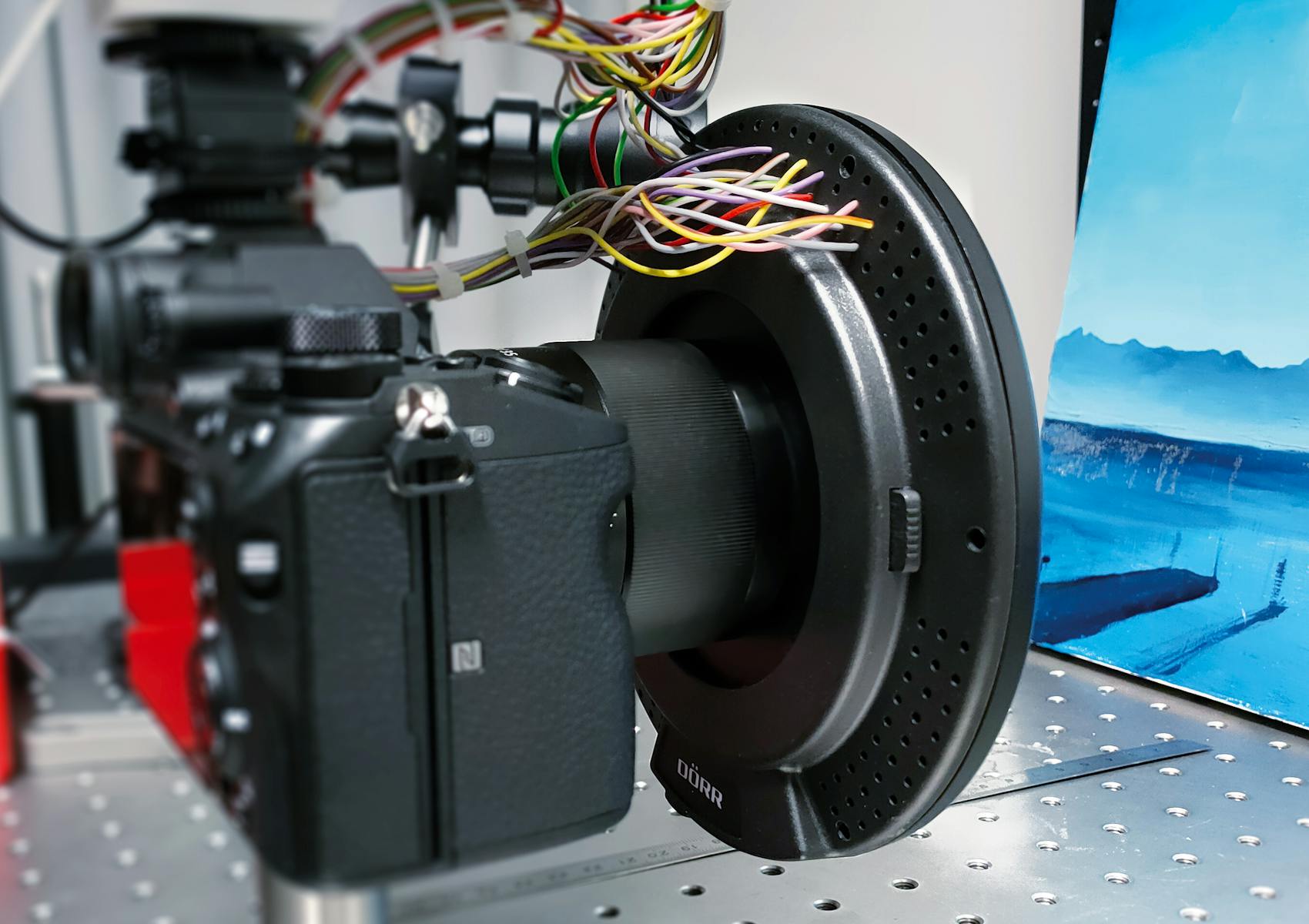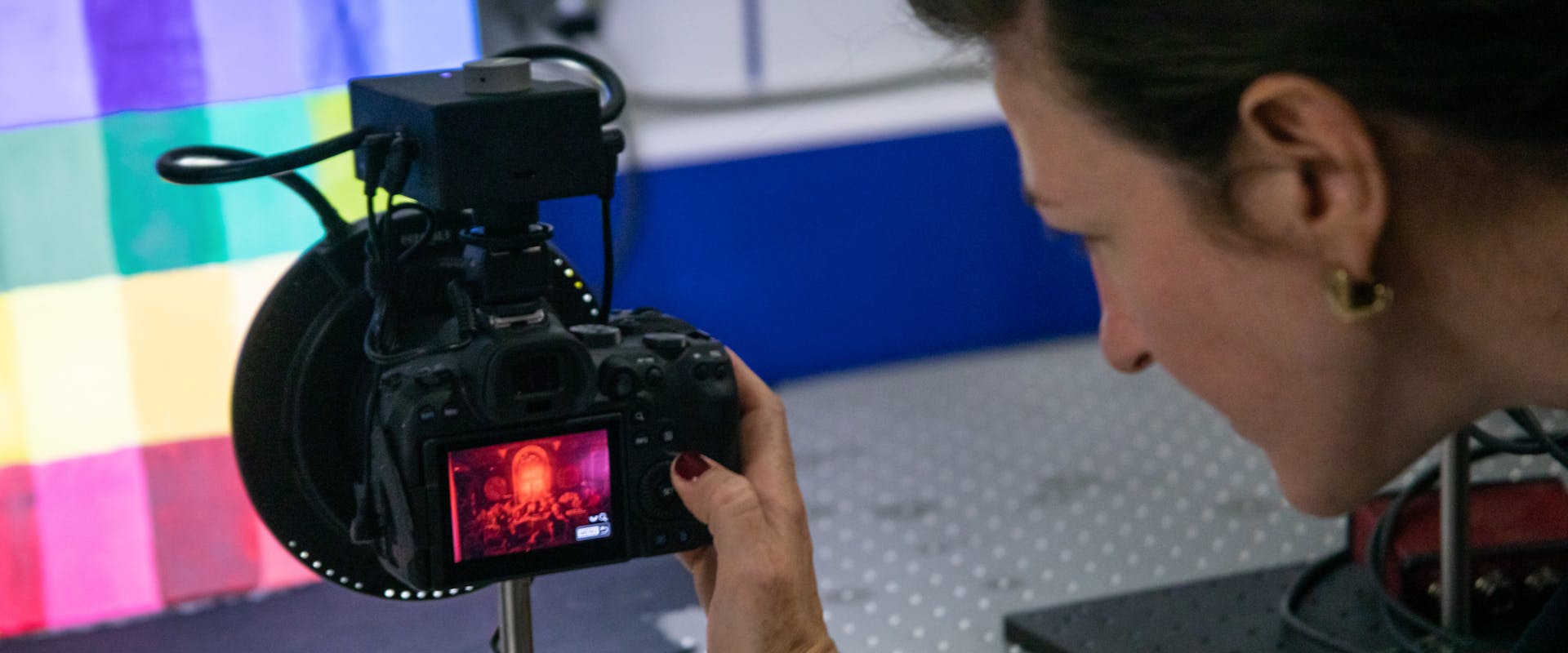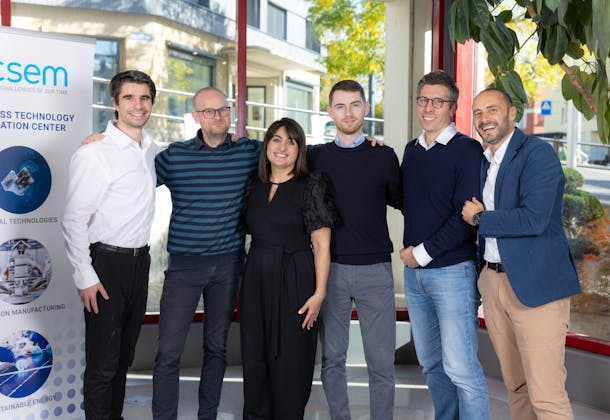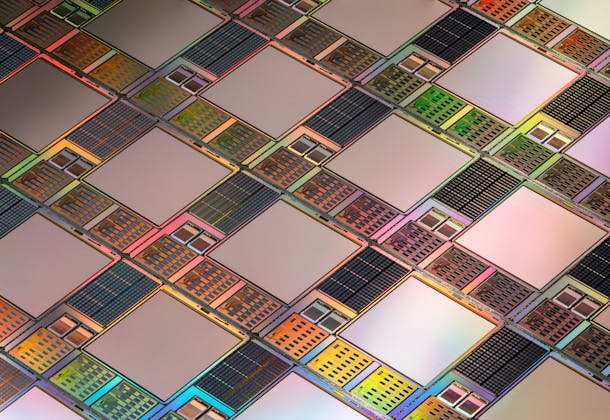
Incorporating a user-friendly multispectral camera and an image processing algorithm, the MATIS camera unveils information hidden in the paintings. The camera transmits this information to a software known as PIGMA, an interface developed specially for MATIS. PIGMA combines classic signal processing and automated learning strategies to uncover features such as erased signatures, underdrawings, pigment images that are invisible to the naked eye and to help experts in their analyses. All information is saved in encrypted form and stored in a secure blockchain-based database, which facilitates further processes such as tracking, investment and insurance. In this way, this scientific method will identify the unaltered chemical and digital fingerprint of the painting, significantly increasing the reliability when it comes to interpretation of attributions and transactions. MATIS is currently in its first round of financing and the development of the technology is scheduled to come to market in the fourth quarter of 2023.



